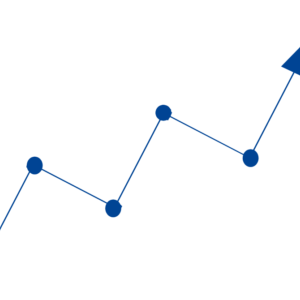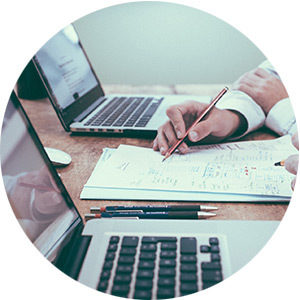Launched during EU Raw Materials Week 2019, the due diligence ready! portal is a free-to-use, one-stop-shop digital resource in seven languages. It supports SMEs in their metal and mineral supply chain due diligence.
Levin Sources was contracted to create approachable content, strategise the communication plan and devise the portal architecture. We provided specialist and due-diligence sector expertise to meet the ambitious goal of creating a portal that would answer all SME questions on the topic.
The client and partners:
- The European Commission contracted the project.
- Oeko managed the programme, leading on networking with SMEs.
- Zabala provided the IT infrastructure.
Why the due diligence ready! portal?
On 1 January 2021, the EU conflict mineral regulation will come into force. The European Commission recognised the additional challenges smaller companies would face and wanted to support affected SMEs on their journey to compliance. The due diligence ready! portal provides them with information resources, concrete examples and accessible webinars on OECD due diligence guidance, the EU regulation, corporate social responsibility and artisanal and small-scale mining. It features a wealth of material including tools to help companies with due diligence, a directory of due diligence tech providers and information in seven languages, as well as links to external resources.
How the portal came to be: a two-phased project
Phase 1: Gathering and understanding SME needs.
SMEs, their needs and how they consume information are at the heart of how the portal was conceived. As project implementers, we wanted to ensure that we understood their due diligence challenges, the type of resources that would be most helpful and how the information should be presented so that it was easily understandable and actionable. To do this, we interviewed businesses and attended industry-organisation gatherings.
For each piece of feedback, we implemented a practical solution that you can see in the portal today. For instance, the webinars are the answer to SMEs’ financial difficulties with attending international industry meetings or hiring external consultants.
Most of the feedback made its way into the FAQs section, which very directly takes the questions we received and answers them. All material went through multiple rounds of review: the European Commission and the OECD for the technical side, and SMEs, to make sure the language worked for them.
You can read more about our role in this phase here.
Phase 2: Portal development.
Once we knew exactly what we needed to deliver, we got to work creating the content. As well as fitting the SMEs’ needs, it had to be tailored to the European Commission’s requirements and fit within their existing IT architecture and branding guidelines.
The portal also helped develop and improve existing due diligence tools. While creating the content we identified ways they could provide further assistance to SMEs and liaised with the relevant organisations to ensure their successful evolution.
The comms plan: making sure that SMEs know about it
As part of our end-to-end suite of services, Levin Sources was also contracted to create the communications plan for the portal to ensure it reached the right public. This included drafting cross-channel content for the successful portal announcement and launch and creating a dynamic logo for the portal.
The plan was in no small part based on our knowledge of how hard it can be to engage small businesses with a lot on their hands, and we saw industry associations and bigger corporations with SMEs in their supply chain as multipliers. Our plan was purpose-built to overcome the fact that SMEs don’t tend to interact with mainstream platforms.
Levin Sources also project-managed the portal translation into six languages: French, German, Spanish, Polish, Portuguese and Italian.




